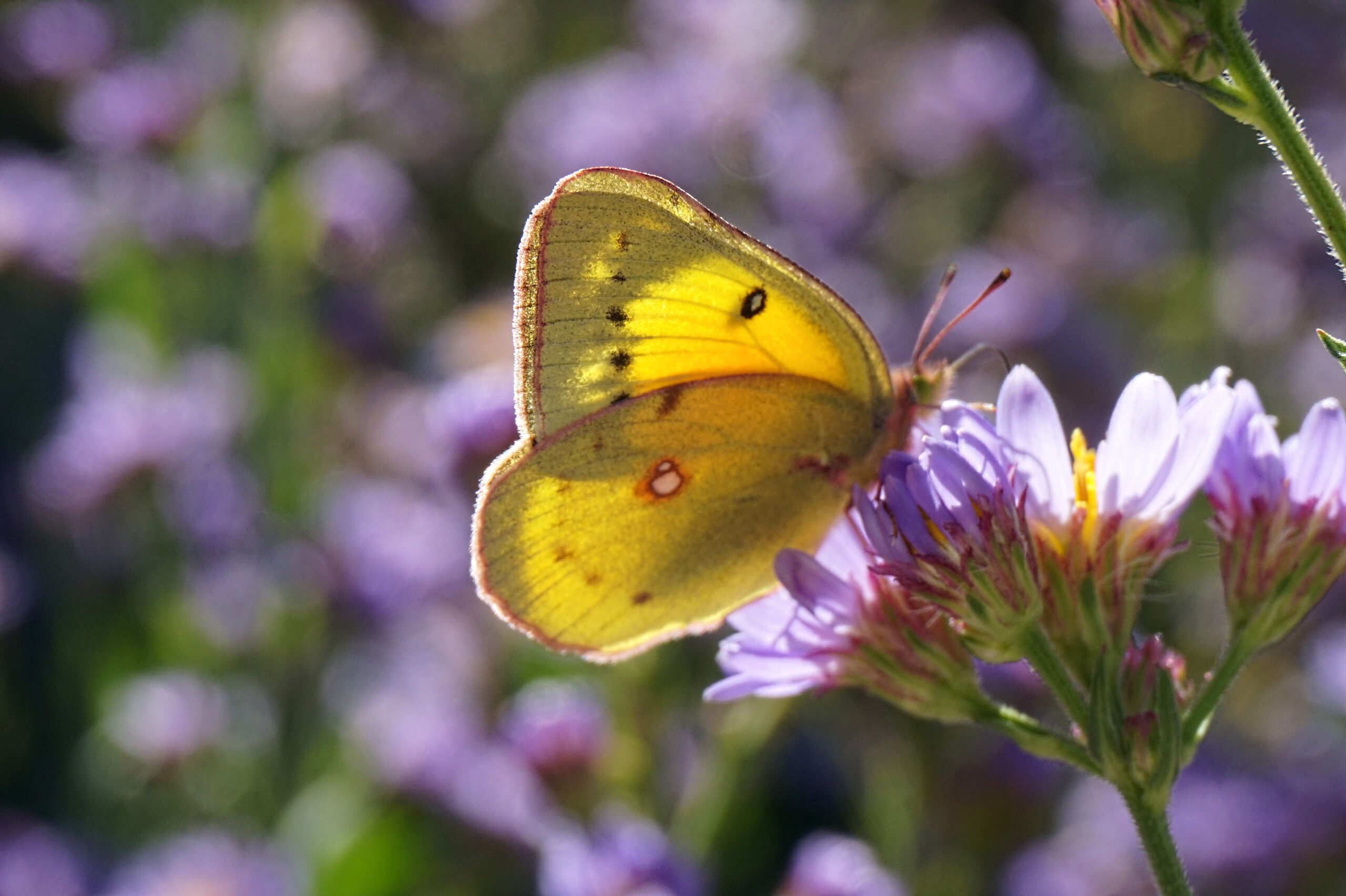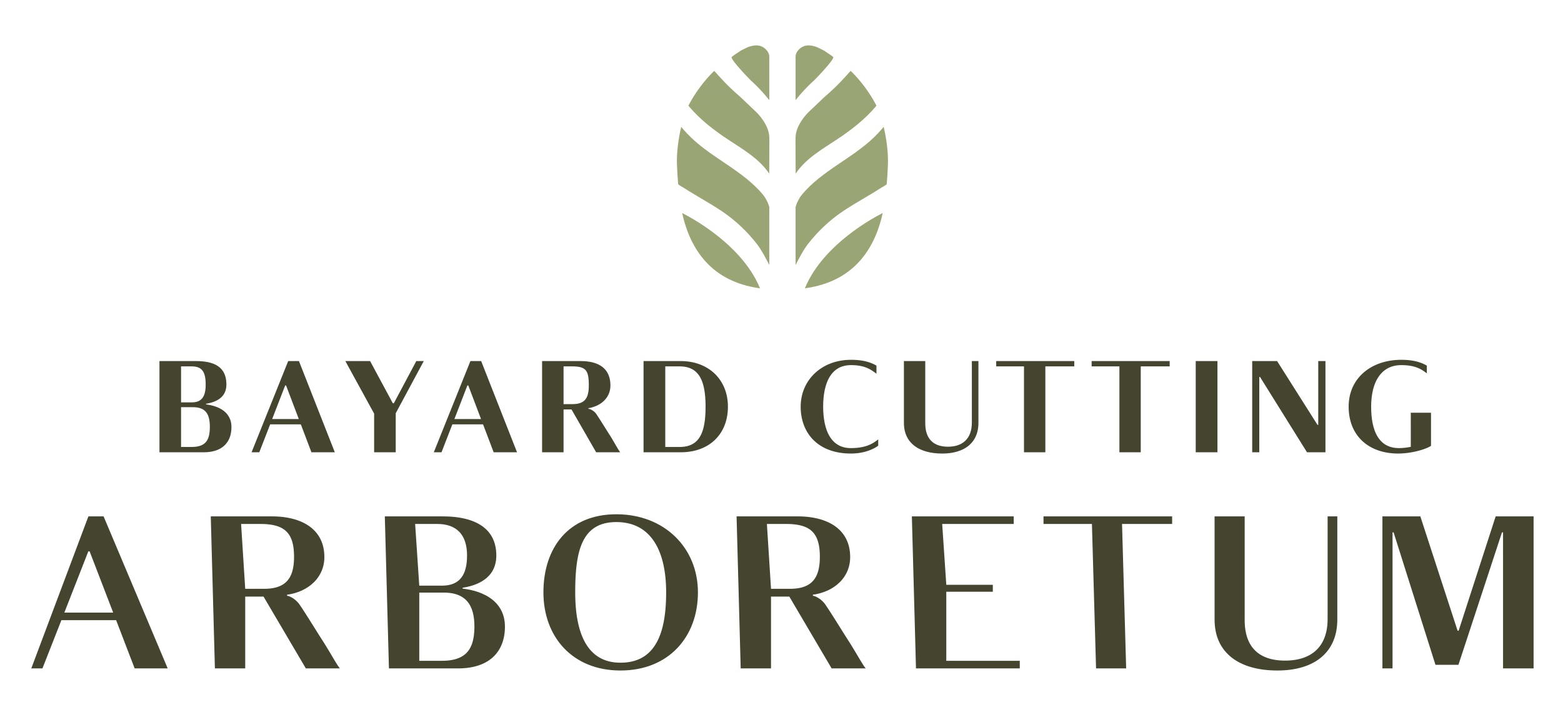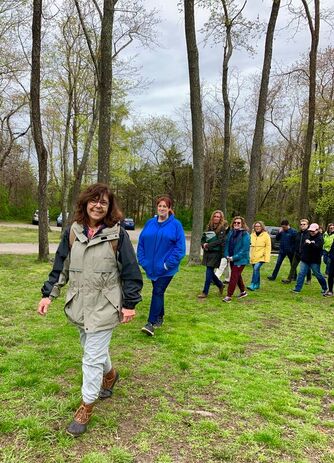
Forest Walks for Youth
Location: Bayard Cutting Arboretum, Great River, Long Island, NY
Grades: 3rd – 12th
Time: 10:00 AM – 12:00 PM
What is a Wellness Walk?
Wellness walks, also known as Forest Therapy or Forest Bathing, are gentle, guided walks through a forest or other natural healing setting that supports well-being through sensory immersion. These are not naturalist walks or power walks or hikes. Wellness walks are the way to become part of the nature moment, guided through a series of invitations that open the senses, focus attention and restore a calm and peaceful feeling. It’s about being alive in all your senses and trusting that the forest and other natural landscapes hold something good for you.
What is its Importance in the World Right Now?
This practice began in Japan in the 1980s and was called Shinrin-Yoku. It has become a cornerstone of preventive health care and healing. The Association of Nature and Forest Therapy Guides and Programs in the US has its own version of Shinrin-Yoku, designed for a more Western culture that is fast-paced and highly stressful these days. We’ve forgotten that we are connected to nature and each other. This is a gentle, compassionate reminder of both along with all the associated health benefits.
Research shows that Forest Bathing or Forest Therapy can benefit as follows:
- Boosted immune system functioning, with an increase in the count of the body’s Natural Killer (NK) cells.
- Reduced blood pressure
- Reduced stress
- Improved mood
- Increased ability to focus, even in children with ADHD
- Accelerated surgery or illness recovery
- Increased energy level
- Improved sleep
- Deeper and clearer intuition
- Increase flow of energy
- Increased capacity to communicate with the land and its species
- Deepening of relationships
- An overall increase in sense of happiness
Reserve your spot for a Wellness Walk at Bayard Cutting Arboretum today!
About Your Forest Guide Linda Lombardo
Wild Heart Nature Connection founder and guide, Linda Lombardo, is certified through the Association of Nature and Forest Therapy Guides and Programs, an international community of forest therapy guides founded in 2012 in Sonoma County, CA. The ANFT combines elements of the Japanese Shinrin-Yoku, Zen meditation, psychotherapy, educational consulting, and nature connection in their certification program and protocol.
Linda Lombardo is also a certified life coach through the Coaches Training Institute since 2001. Additional background includes a current NOLS Wilderness First Aid certification and American Red Cross CPR training; all active certifications. Liability Insurance information is available upon request.
These walks are offered in partnership with Long Island Forest Walks, led by ANFT certified guide, Linda Lombardo, who has been leading walks on Long Island for five years.
Frequently Asked Questions
What does a Forest Therapy walk for children entail?
A Forest Therapy walk will include:
- Orientation of the walk
- No technology
- Presencing and opening the senses
- Invitations designed for the age group and location
- These invitations point to the experience but don’t tell the students what to experience
- Community sharing of experiences during the walk
- Snacks and drinks (provided by the parents or school)
How long is the walk?
The length of the walk is based on the age of the children. Walks are approximately 2 hours in length with shorter walks available for younger children and can be customized in length if requested.
What is the size of the group?
The class size for the Forest Therapy walk is 20 children. A certified forest therapy teacher is required for every group of 20 kids.
What is expected of the school or parent organization?
A 1:5 teacher/students ratio is ideal. This allows the experiences to be more personal with the teachers and parents supporting the certified guide throughout the walk.
What are some of the invitations we can expect?
Some of the invitations might include:
- Meet a tree (an individual activity)
- Build a tree (a group activity, learning and embodying the parts of a tree)
- Sounds of nature (an individual and group activity – all ages)
- Land art or Forest Floor Art (a group activity)
- Round Talk (a group activity for older youth to present and share opinions about the environment and environmental issues)
- Scavenger hunts – experiential or tactile
- Finding worlds within worlds (a slowing down and noticing experience)


